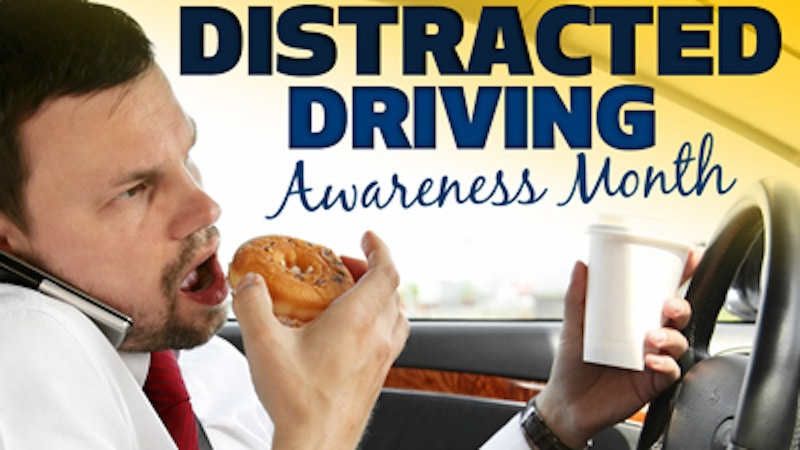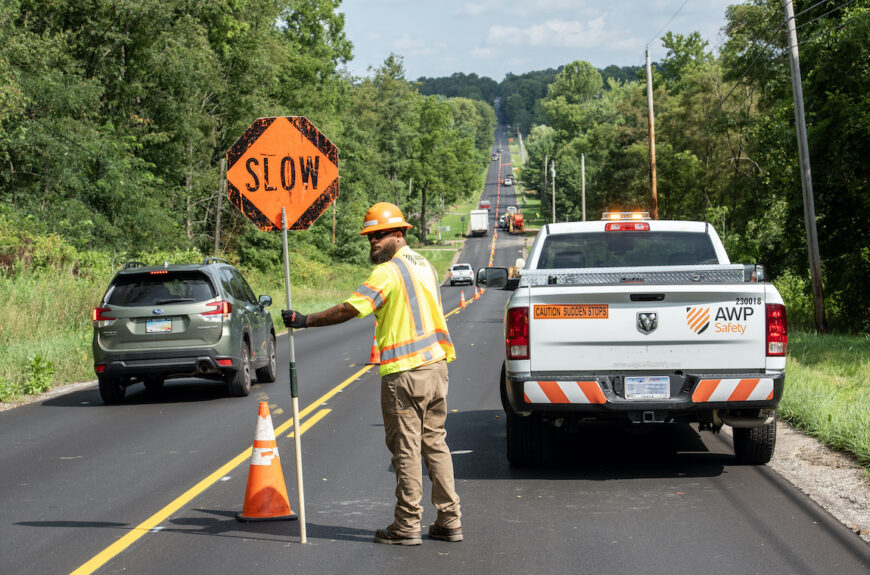
Distracted Driving Awareness: Maintaining Safety Focus Every Day
April is Distracted Driving Awareness month, so if you’ve noticed an uptick in articles with frightening statistics about distracted driving, that’s good. Obviously, however, awareness alone won’t reduce accidents or deaths caused by drivers who simply aren’t focused on the road and other vehicles and pedestrians.
While cell phone usage is probably the first thing most people think of when they hear the “distracted driving,” in fact, countless things distract us from paying full attention to our driving. Traffic safety experts identify three different types of driving distraction: Manual distractions, cognitive distractions, and visual distractions. Any of the three can prove deadly, in an instant. Unfortunately, because cell phone usage often combines the three types of distraction, there is good reason to highlight its danger.
The National Highway Traffic Safety Administration (NHTSA) uses the term “human choice” to describe deaths and accidents attributed to distracted driving. That is the same term used to describe accidents caused by speeding, drunk driving, and failure to wear a seat belt. It seems like the term “human choice” would go a long way in getting drivers to pay attention, but unfortunately, the problem persists.
Distracted Driving in 2019
Currently, 47 states have laws banning texting while driving, and while many of those have been enacted in the past three years and are currently being enforced, we have not seen a significant drop in the number of accidents attributed to distracted driving.
It’s also important to note that the problem is not just among teens. Of the more than 3,000 deaths caused by distracted driving last year, only 9% of those drivers were between 15 and 19 years old.
So what can be done to reduce the risks associated with distracted drivers?
Positive Actions to Combat Distracted Driving
While technology like voice-to-text and hands-free devices sound like a good idea, according to an article from the National Safety Council, they don’t eliminate the distraction of a cell phone, nor does their usage decrease accidents.
So what can be done to improve safety on the road? Some behavioral experts have suggested appealing to our sense of personal pride and responsibility, and to using “peer pressure” to encourage more attentive driving habits. Defensive driving tactics are also key to reduce the likelihood of being hit by a distracted driver.
Clearly, there are no quick fixes, and safety on the road is everyone’s job.
Promoting Safety In Every Work Zone, and Nationwide
AWP’s commitment to safety is pervasive through internal programs, on every job site, and through extensive involvement at state and national levels. As part of that commitment, many of our employees serve on national boards and are active in membership associations including the American Traffic Safety Services Association (ATSSA), the Standing Committee on Work Zone Traffic Control for the Transportation Research Board (TRB), and numerous State, local and industry organizations.
While we support all efforts involved in Distracted Driving Awareness Month, our focus on safety is constant, and we are committed to continuous road safety improvements.
To find out more about what we are doing to promote work zone safety and to protect our clients and everyone who works in or travels through a work zone, contact us.



